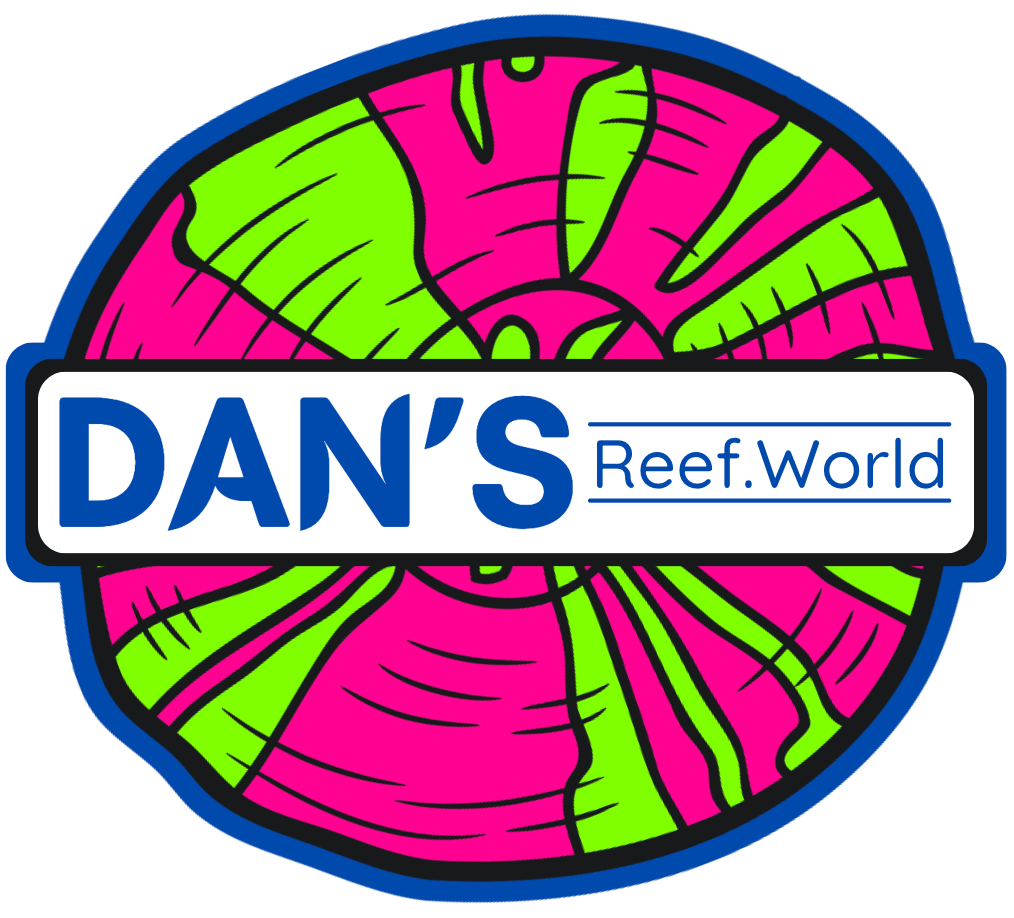Beneath the crystal-clear waters of tropical coral reefs, a majestic presence gracefully glides, embodying the beauty and diversity of marine life—the Standard Naso Tang (Naso lituratus). Known for its distinctive appearance, vibrant colors, and vital role in reef ecosystems, this species of unicornfish stands as a symbol of the intricate balance that defines the underwater world. In this essay, we will explore the unique characteristics, natural habitat, behaviors, and the ecological significance of the Standard Naso Tang.
The Standard Naso Tang is characterized by its elongated snout or rostrum, earning it the common name of unicornfish. Its body is adorned with a stunning palette of colors, including shades of blue, yellow, and green. The caudal fin extends into a filamentous tail, adding to the fish's overall gracefulness. These distinctive features not only make the Standard Naso Tang a striking visual spectacle but also serve various functional purposes in its underwater environment.
The Standard Naso Tang is native to the Indo-Pacific region, where it inhabits coral reefs and the adjacent clear, tropical waters. From the Red Sea to the central Pacific, these fish are found in a variety of reef habitats, often favoring areas with a mix of coral formations and rocky outcrops. Their distribution reflects the species' adaptability to diverse reef environments.
Naso Tangs are herbivores with a specialized diet primarily consisting of algae. Their elongated snouts equipped with small, comb-like teeth allow them to graze on algae-covered surfaces, contributing to the overall health of coral reefs. These fish are known for their social behavior and can be observed swimming in small groups or pairs. The Standard Naso Tang's role as a herbivorous grazer is crucial in preventing the overgrowth of algae, which, if unchecked, can threaten the health of coral colonies.
The Standard Naso Tang's captivating appearance and beneficial ecological role make it a popular choice among aquarium enthusiasts. However, the responsible care of these fish in captivity requires attention to their specific needs. A well-maintained aquarium with ample swimming space, appropriate hiding spots, and a diet that replicates their natural feeding habits is essential for ensuring the well-being of Standard Naso Tangs in aquarium settings.
While the Standard Naso Tang is not currently considered a threatened species, it is important to recognize the potential risks that coral reef ecosystems face. Habitat destruction, overfishing, and the impacts of climate change are overarching threats that could impact the long-term survival of not just Naso Tangs but the entire marine ecosystem. Conservation efforts, including sustainable fishing practices, habitat protection, and climate change mitigation, are essential to preserve the delicate balance of coral reef ecosystems.
The Standard Naso Tang, with its elegance and ecological significance, serves as a guardian of coral reefs, contributing to the delicate harmony that defines underwater ecosystems. As we appreciate the beauty of these unicornfish, it becomes paramount to understand the role each species plays in the intricate tapestry of marine life. Through responsible conservation practices and a commitment to sustainable stewardship, we can ensure that the Standard Naso Tang continues to inspire awe and appreciation for the wonders of the ocean for generations to come.




